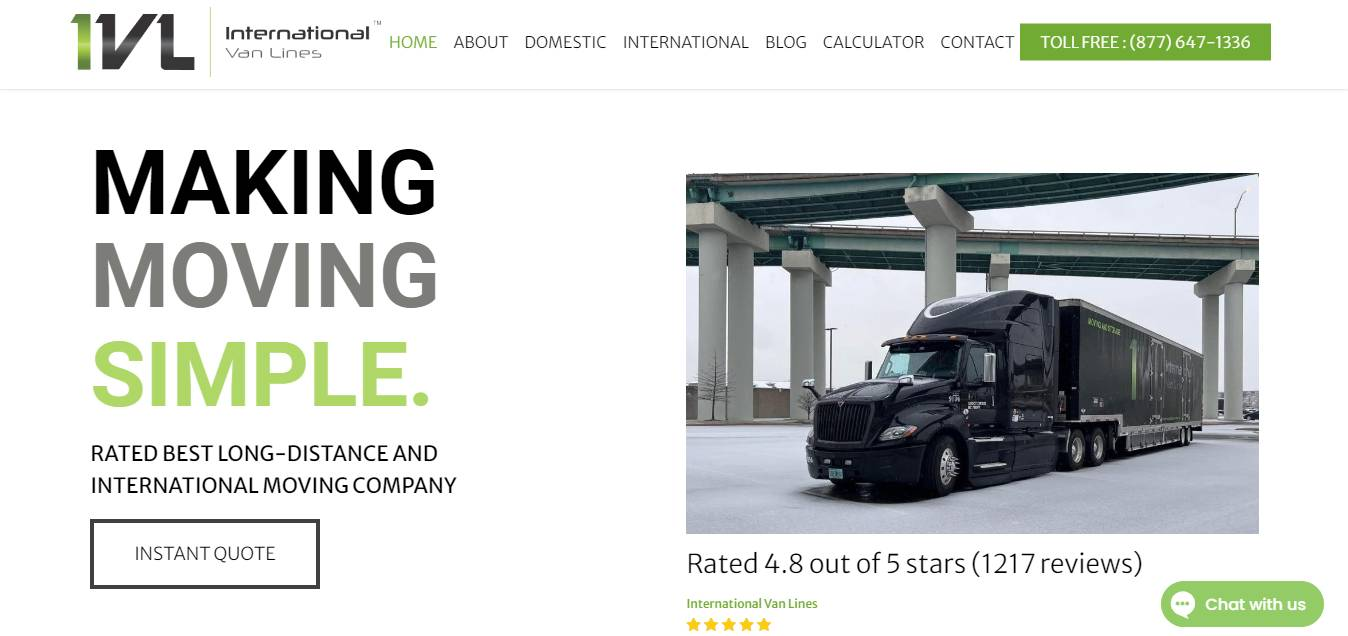Camp housing has been an essential part of human history, serving various purposes across different eras. From early nomadic shelters to modern organized camps, these living arrangements have evolved to meet specific needs.

At its core, camp housing represents temporary or semi-permanent living spaces designed to accommodate individuals or groups for specific purposes. These setups can be seen in diverse contexts, such as seasonal work, educational retreats, emergency responses, or recreational activities. Read on Man Camp Housing for more details.
One of the most common reasons for camp housing is to support labor-intensive activities, particularly in areas where a permanent workforce is not feasible. Workers often rely on camp housing during seasonal jobs, like agriculture or construction, where the demand for labor fluctuates. These accommodations provide essential shelter and amenities, ensuring workers can stay close to their job sites, thus increasing efficiency and reducing commute times. In such settings, the design of camp housing prioritizes functionality and cost-effectiveness, focusing on basic needs like sleeping quarters, communal kitchens, and sanitation facilities.
Recreational activities also play a significant role in the existence of camp housing. Many individuals seek immersive experiences in natural settings, away from urban environments. Campgrounds cater to this desire by offering spaces where people can connect with nature while having access to basic amenities. Camp housing in these contexts ranges from simple tents to more structured cabins, depending on the desired level of comfort and the duration of the stay. These setups often encourage communal living, fostering social interaction among campers and promoting a sense of community.
Educational and training programs frequently utilize camp housing to create focused environments conducive to learning and personal development. Retreats, workshops, and leadership programs often take place in secluded areas, where participants can disconnect from everyday distractions. In these settings, camp housing provides a space where individuals can engage deeply with the material and with one another. The communal aspect of camp living enhances group cohesion, encourages collaboration, and supports the overall objectives of the program.
Emergency situations highlight another critical application of camp housing. Natural disasters, conflicts, and other crises can displace large populations, necessitating the rapid establishment of temporary shelters. In such scenarios, camp housing becomes a lifeline, offering safety, privacy, and basic services to those affected. The design and implementation of these camps require careful planning to ensure they meet the immediate needs of the displaced while also considering factors like sanitation, security, and accessibility. Humanitarian efforts often focus on creating dignified living conditions within these camps, recognizing the profound impact that stable housing has on individuals’ well-being during times of crisis.
Camp housing also serves specific needs within institutional contexts. For example, military operations frequently require the establishment of temporary bases to accommodate personnel. These camps are designed to support the unique demands of military life, including security measures, logistical support, and facilities for training and recreation. Similarly, large-scale events, such as festivals or sporting events, often necessitate temporary housing solutions for participants, staff, and attendees. In these cases, camp housing provides a practical means of accommodating large groups while maintaining the infrastructure needed for the event’s success.
The design and construction of camp housing vary widely based on purpose, duration, and available resources. Temporary setups, like tents, offer flexibility and ease of transport, making them ideal for short-term needs. More durable structures, such as prefabricated units or modular buildings, provide enhanced comfort and stability for longer stays. Regardless of the materials used, considerations around climate, safety, and cultural preferences play significant roles in determining the suitability of camp housing designs.
Sustainability has become an increasingly important factor in the development of camp housing. As awareness of environmental impacts grows, efforts to minimize the ecological footprint of temporary settlements have intensified. Sustainable camp housing incorporates elements like renewable energy sources, efficient waste management systems, and environmentally friendly materials. These practices not only reduce the environmental impact but also contribute to the overall resilience and self-sufficiency of the camp.
Community dynamics within camp housing environments present unique challenges and opportunities. Living in close quarters requires individuals to navigate shared spaces and communal resources, fostering a sense of cooperation and mutual respect. However, these dynamics can also lead to conflicts, particularly in high-stress situations like emergency shelters. Effective camp management involves establishing clear guidelines, providing support services, and creating spaces that promote positive social interactions. By addressing the social aspects of camp living, organizers can enhance the overall experience and well-being of residents.
Health and safety considerations are paramount in the planning and operation of camp housing. Adequate sanitation facilities, clean water access, and proper waste disposal are fundamental to preventing the spread of diseases. In addition, ensuring the structural integrity of shelters and implementing safety protocols helps protect residents from environmental hazards and potential accidents. In emergency contexts, the provision of medical services and mental health support becomes particularly critical, addressing the complex needs of displaced populations.
The cultural and psychological aspects of camp housing also warrant attention. Living in temporary accommodations can be disorienting and stressful, particularly for those who have been forcibly displaced. Efforts to create culturally sensitive spaces that respect residents’ traditions and practices can significantly improve their sense of comfort and belonging. Additionally, incorporating recreational and educational activities within camp settings helps alleviate stress and promotes a sense of normalcy, contributing to residents’ overall well-being.
Technological advancements have introduced new possibilities for camp housing design and management. Innovations in modular construction, renewable energy, and waste management have enhanced the efficiency and sustainability of temporary settlements. Digital tools also play a role in improving camp operations, from resource allocation and logistics to communication and safety monitoring. These technological solutions streamline processes and enable more effective responses to the diverse needs of camp residents.
The future of camp housing lies in the continued integration of sustainable practices, technological innovations, and a deep understanding of human needs. As the demand for temporary living arrangements persists across various contexts, the importance of thoughtful, adaptable, and inclusive designs cannot be overstated. Whether supporting workers, facilitating educational experiences, providing refuge during crises, or enabling recreational activities, camp housing remains a vital aspect of human society, reflecting our collective resilience and capacity to adapt to changing circumstances.
Ultimately, the success of camp housing depends on its ability to meet the practical, emotional, and social needs of its residents. By prioritizing safety, comfort, and community, camp housing can offer more than just shelter—it can create environments where individuals thrive, even in temporary or challenging situations. This holistic approach ensures that camp housing continues to serve as a valuable resource, fostering connections and providing support wherever and whenever it is needed most.




